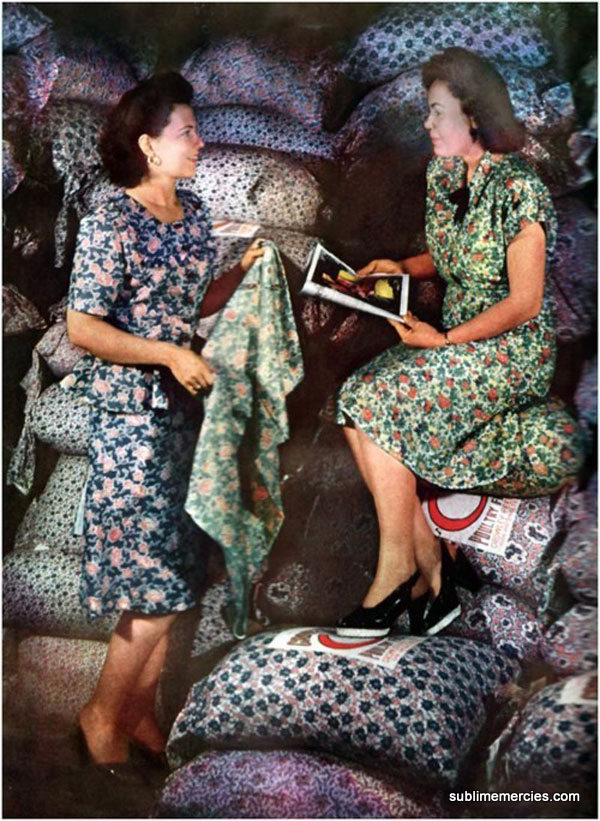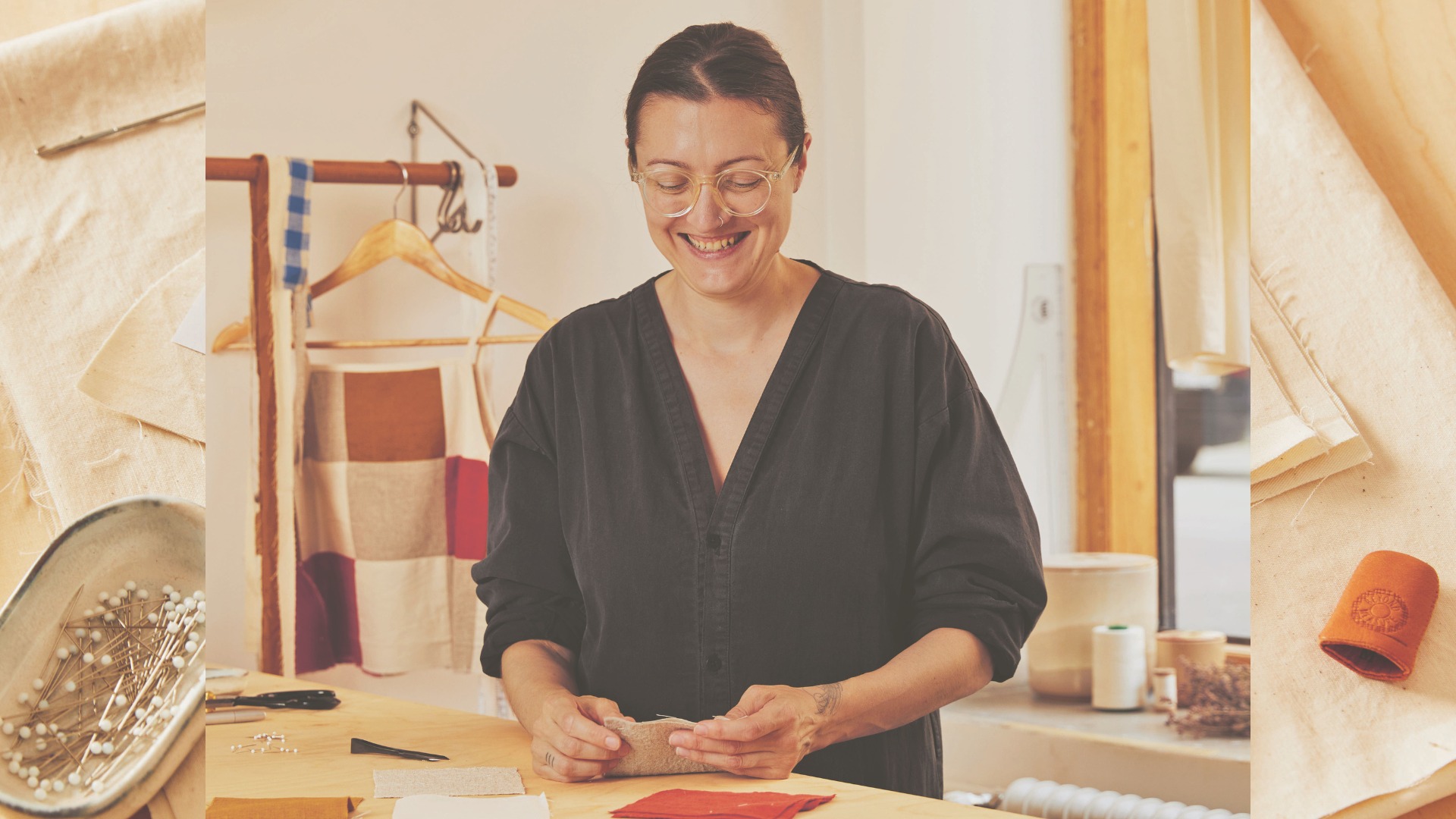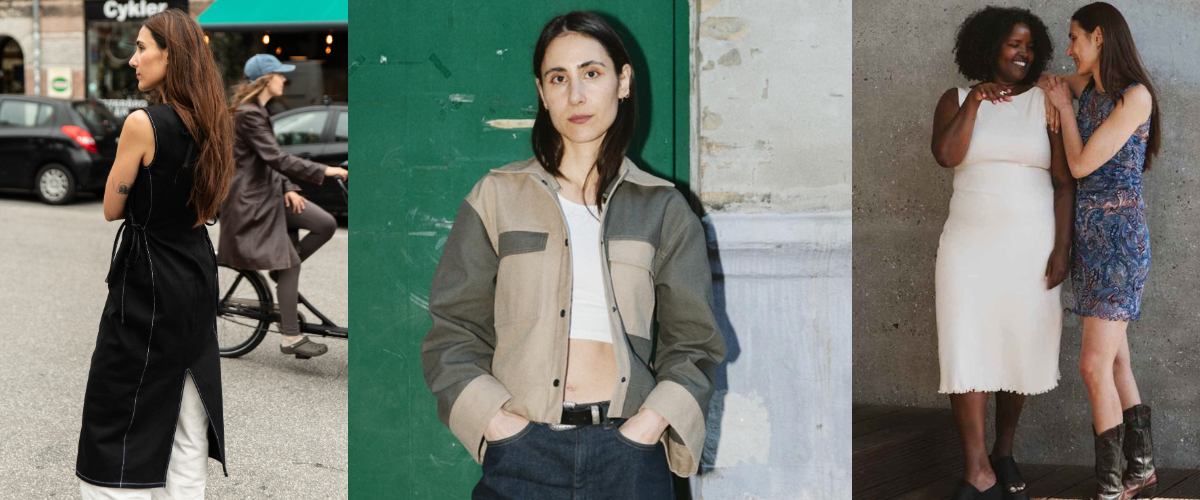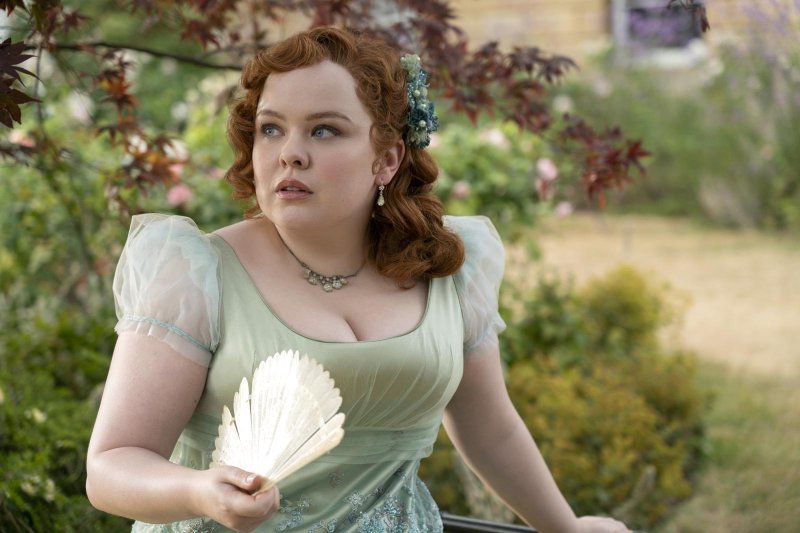The 20s & Flapper Fashion

Before the likes of Katharine Hepburn and Bette Davis who brought us the iconic 1930s fashion styles, there were the super chic (and now very well known) styles of the roaring twenties. From the ultra-glam flapper girls to the first waves of cool androgyny, 1920s fashion was all about liberation, finally being able to try new things while having a lot of fun in the process.
After WW1, things loosened up (literally) when it came to ladies fashion – the corsets came off, skirts got shorter and thanks to one particular fashion legend, Coco Chanel, trousers for women were acceptable for the very first time! Fashion is eternally grateful to Mademoiselle Coco Chanel for so many definitive 1920s fashion styles, and some of the greatest fashion ‘inventions’ still to this day, for example; the little black dress, skirt suit, costume jewellery, espadrilles… But her greatest, most overarching influence? It has ot be the liberation of women’s clothing and the concept of ‘casual chic’ in the 1920s. Chanel led the trend for a flatter, corset-free bust, a streamlined silhouette with no hyper-waistline and as we already mentioned, she popularised trousers for women… So next time you let you are feeling bloated or just want to through on something loose fitting and baggy, you can aim your thanks to this woman.
Moving on to another iconic 20s style…
When it came to popular materials in the 20s, for evening dresses most were made of fine fabrics like silk, chiffon, taffeta and light velvet. They were usually sleeveless for young women and long sleeves for older women. Own anything with a dropped waist? You can thank the 20s for this iconic feature along with layers/tiers of fabric creating some fullness from the waist down. For those wanting to stand out and be more glamorous than the rest (basically anyone with good money) Beaded dresses were the way to go. Although everyone often thinks fringing and metal sequins when it comes to flapper dresses, this was actually quite rare. We often also think of these dresses as being short but this too is a myth! Real flappers wore knee-length or longer gowns that swished and swayed white dancing to jazz.
The 30s

Although the 1930s is remembered as a time of economic struggle, 30s fashion was an era of revolutionary style thanks to advancements in clothing production and the popularity of Hollywood cinema. As well as Great Depression (which began with the stock market crash in ‘29) causing an increase in the resourcefulness of ‘day wear’ fashion, as women could no longer afford to change outfits from day to night as the may have done before.
Advancements in technology also began the following following trends we still widely use today such as zippers as fasteners, fitted bras with cups and the bias cut method (a process of cutting material at a 45 degree angle so that it clung to the body.)
30s KEY ITEM: A “feedsack” dress, which as the name suggests, is a ladies dress made using the material from a sack of animal feed. (Bags from flour were also used!)
HISTORY BEHIND THIS ITEM: Although the trend of the feedsack dress actually began in the ’20s when resourceful women realised they could upcycle the material used for the sacks to make clothing for themselves and their family, the trend grew rapidly due to economical necessity during the Depression era (30s). It didn’t take long for those in the animal feed industry to catch on to this ‘fashion’ trend, and competing companies released floral patterned sacks for women along with novelty prints such as animals, clowns, etc sacks for dresses made for the children. This led women requesting their husbands to buy the more ‘stylish’ feedsacks with their final outfit in mind.
Other news
Meet the Maker: Birgitta Helmersson
Get to know the zero waste master a bit better with us! Birgitta Helmersson is a Swedish-Australian designer currently based […]
PUFF AND PENCIL AT SEW CONFIDENT
Fashion forward Scandi styling- say hello to PDF patterns by Puff and Pencil! Grab your cuppa and settle in, ’cause […]
LIBERTY FABRICS X BRIDGERTON COLLECTION
IN OUR REGENCY ERA Hello Sew Confident sewists! Ready to be swept off your feet and into a world of […]



